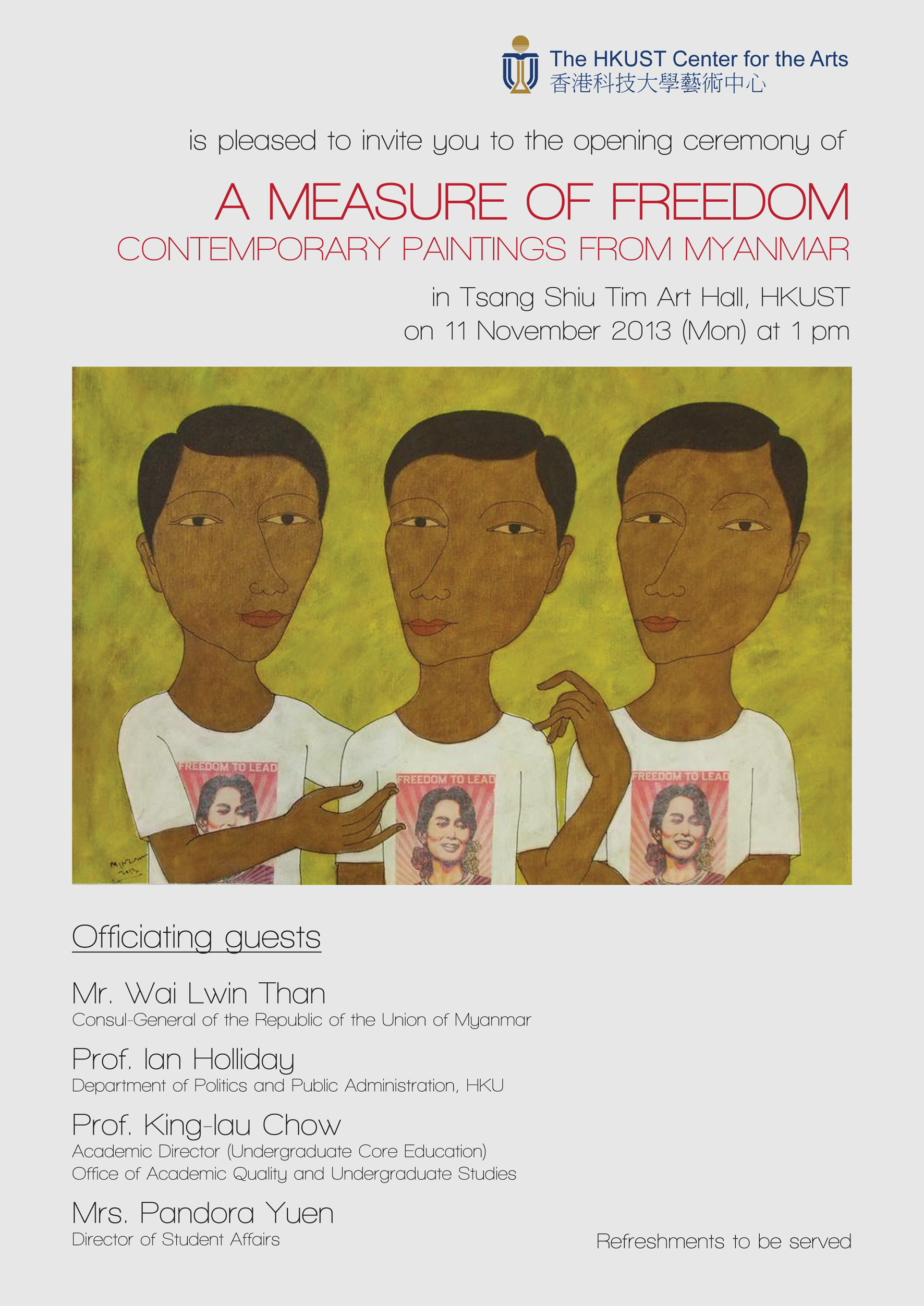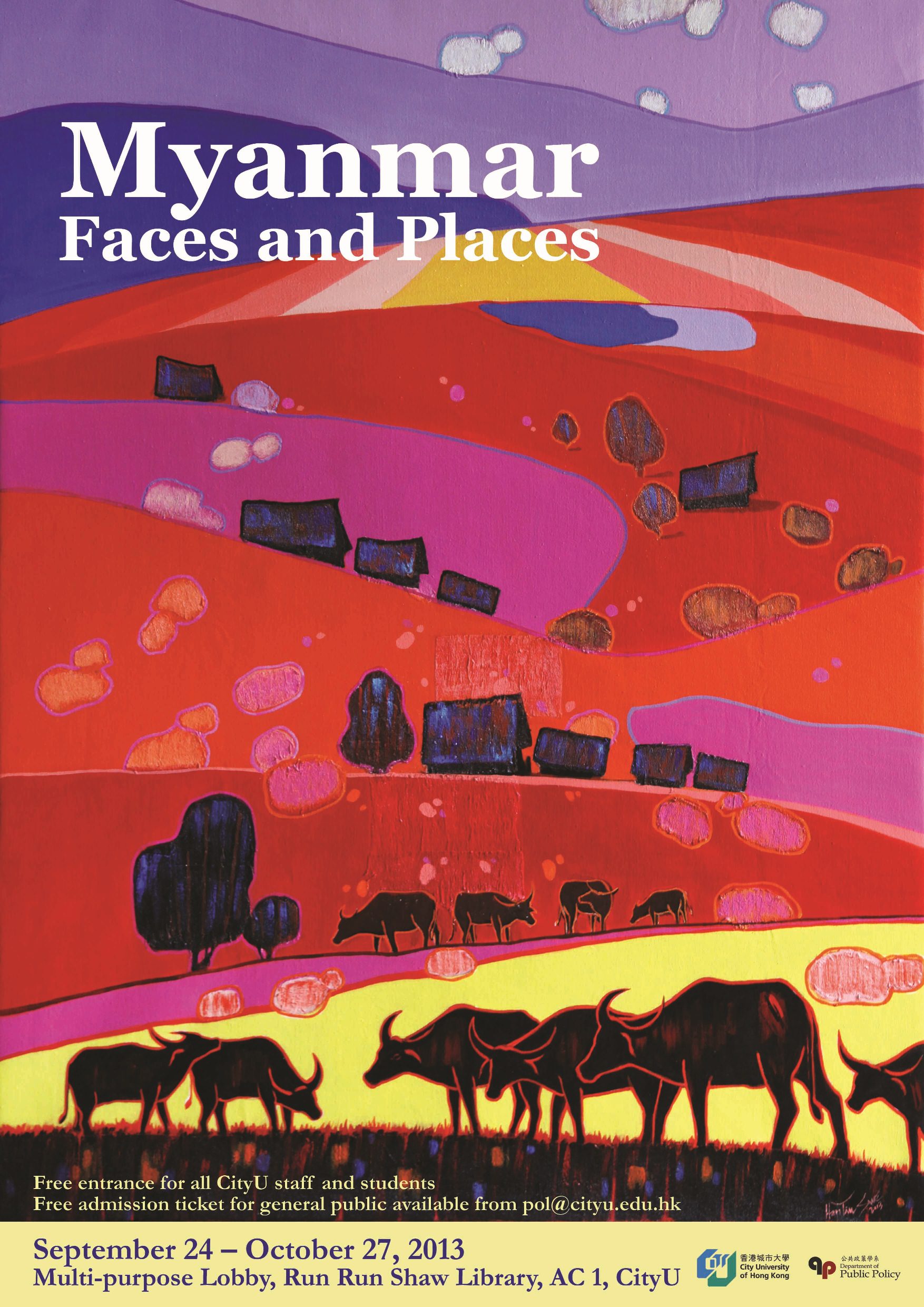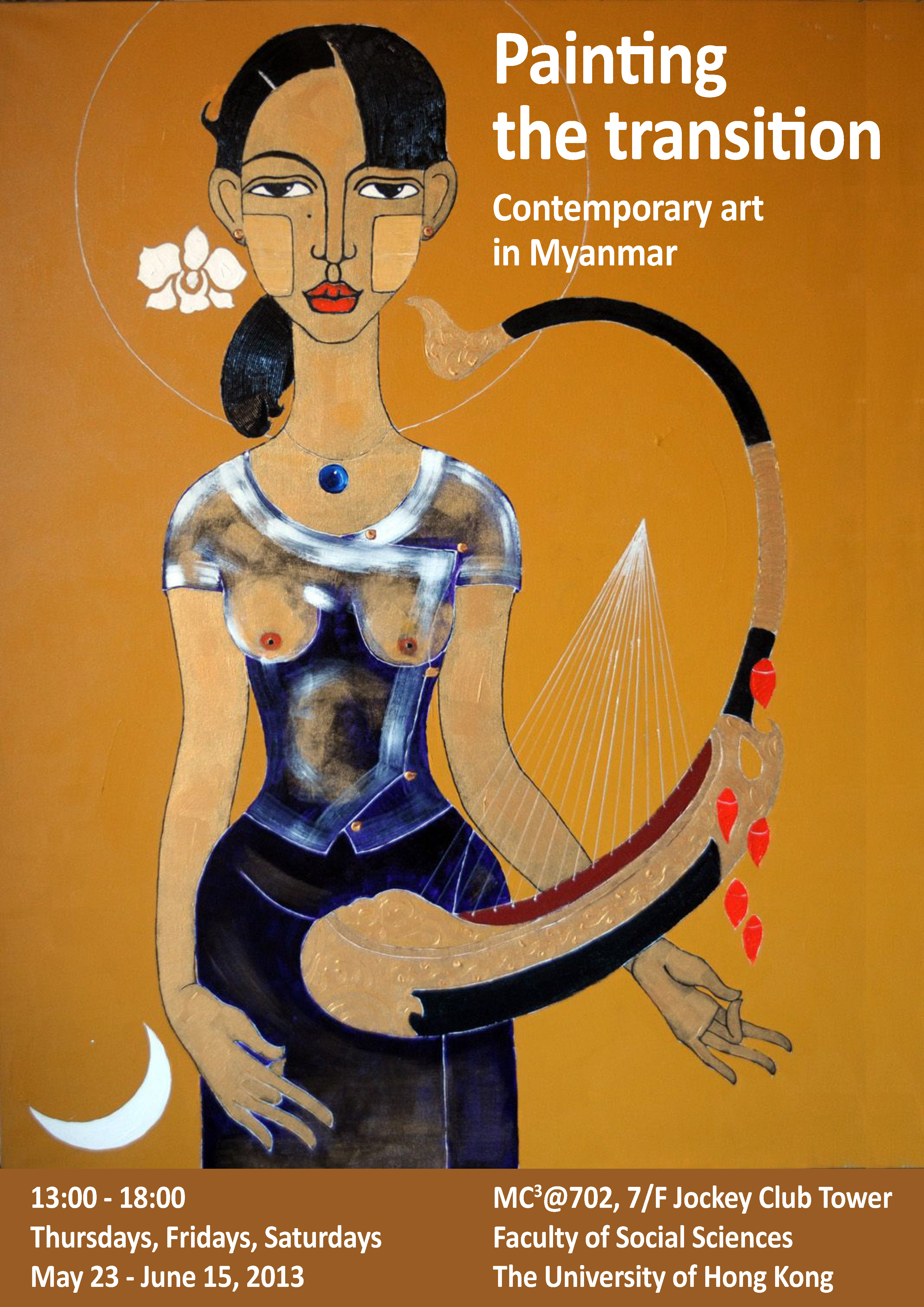Monthly Archives: February 2014
Pyay Way
Written on February 12, 2014 at 12:02 am, by Thukhama-WP-Admin
Pyay Way November 19, 2013 Pyay Way, founder and owner of Yangon’s Nawaday Tharlar Gallery, talks about the contemporary art scene. [This video is in the Myanmar language.]
Pyay Way and Min Zaw
Written on February 12, 2014 at 12:01 am, by Ian Holliday
Pyay Way and Min Zaw November 19, 2013 Min Zaw discusses his art with Pyay Way. [This video is in the Myanmar language.]
Let’s go thukhuma
Written on February 12, 2014 at 12:01 am, by Thukhama-WP-Admin
In the closing days of July 2003, my late friend Norman Geras launched a blog with what he termed the immortal words of Sam Peckinpah – let’s go. For more than 10 years until his untimely death in October 2013, normblog was one of the finest blogs on the planet. Setting thukhuma on its way today, I do not aspire to…
A Measure of Freedom: Contemporary Paintings from Myanmar

Written on February 9, 2014 at 3:46 am, by Thukhama-WP-Admin
The Hong Kong University of Science and Technology
November 11-24, 2013
For most of the recent past, the country known today as Myanmar and until 1989 as Burma was subject to strict authoritarian rule. In 1962, a harsh state socialist regime was instituted with overt military backing. In 1988, collapse of that system at a time of mass protest for democracy resulted only in installation of a formal military junta. Not until 2011 was the junta finally dissolved and control handed to a quasi-civilian government that soon set about implementing a series of major reforms.
Myanmar: Faces and Places

Written on February 8, 2014 at 7:23 am, by Thukhama-WP-Admin
City University of Hong Kong
September 24 – October 27, 2013
In Myanmar, a gradual removal of strict authoritarian controls over the past couple of years has enabled creative artists to give increasingly free rein to their talents. The weight of censorship was perhaps never quite as heavy for painters as it was for writers and film makers, because government officials typically had little understanding of their art, and limited concern about its political impact. Nevertheless, in the long dark night of state socialism from 1962 to 1988 and then military rule from 1988 to 2011, many subjects were taboo, many styles were frowned upon, and even some colours were banned. Today, almost all of these restrictions have been lifted, and any residual censorship is generally light-touch. At the same time, Myanmar’s rapid reopening to the outside world has triggered renewed global interest in its cultural landscape and heritage. The result is an explosion of artistry and flair inside the country.
Painting the Transition: Contemporary Art in Myanmar

Written on February 7, 2014 at 2:46 am, by Ian Holliday
The University of Hong Kong
May 23 – June 15, 2013
Coming in from the cold after 50 years of austere dictatorship, Myanmar is currently testing the boundaries of a raft of new freedoms. Rigid controls were not dismantled overnight, but a March 2011 switch from military junta to quasi-civilian rule has slowly created space for meaningful self-expression. Finally people can breathe a little.
More than two years on, activists routinely take to the streets of major cities to protest government policy, journalists pursue breaking stories up and down the land, hawkers beguile tourists with long banned symbols of opposition, and ordinary citizens daily raise their sights just a little higher.

